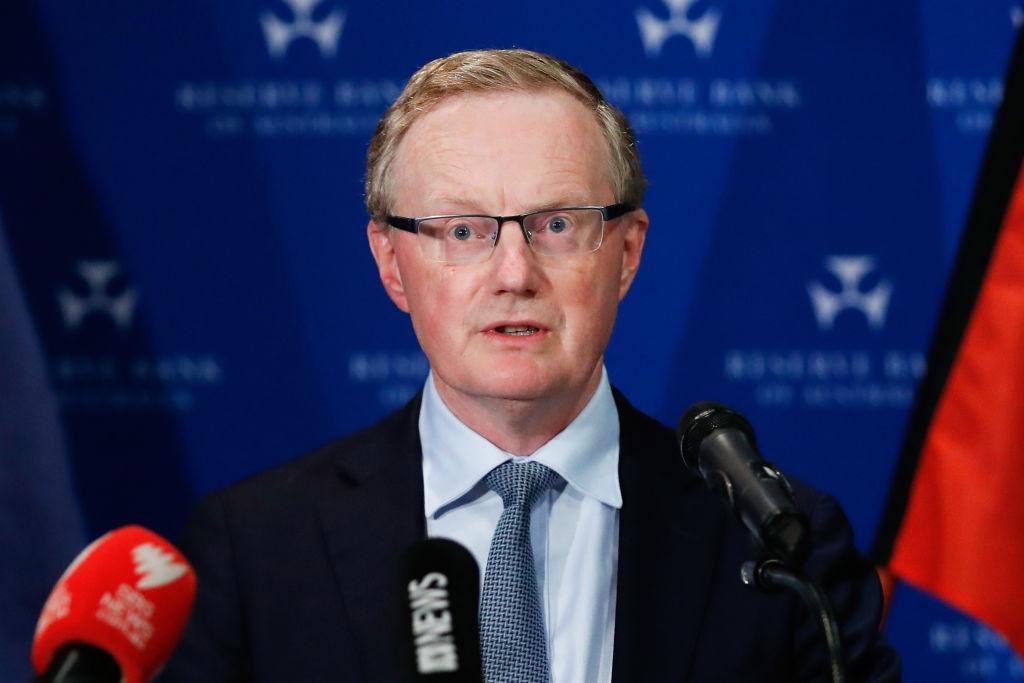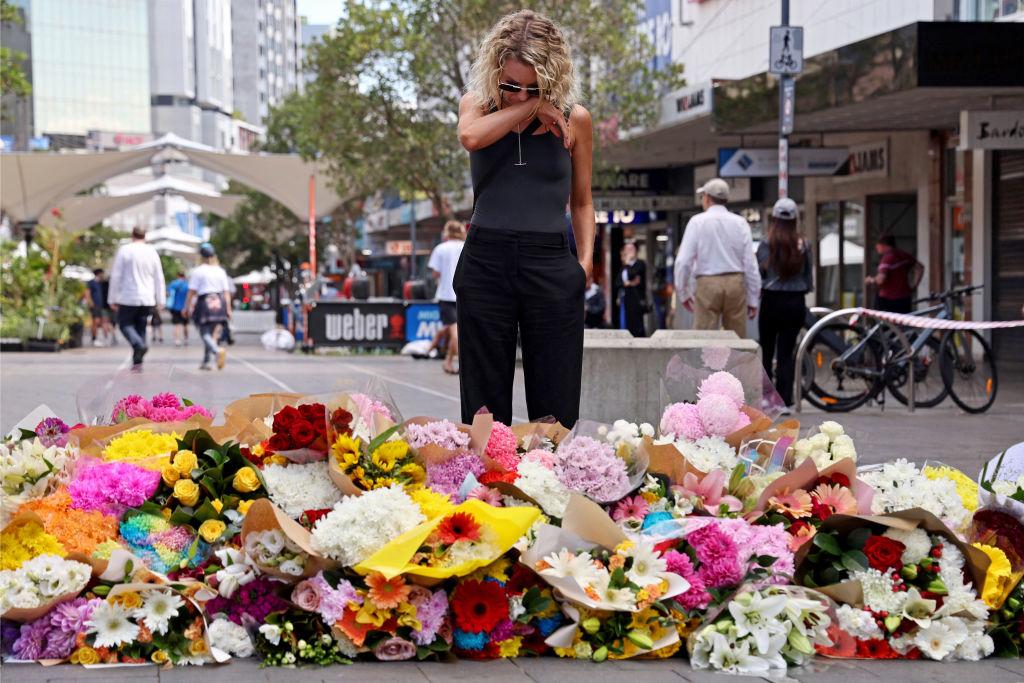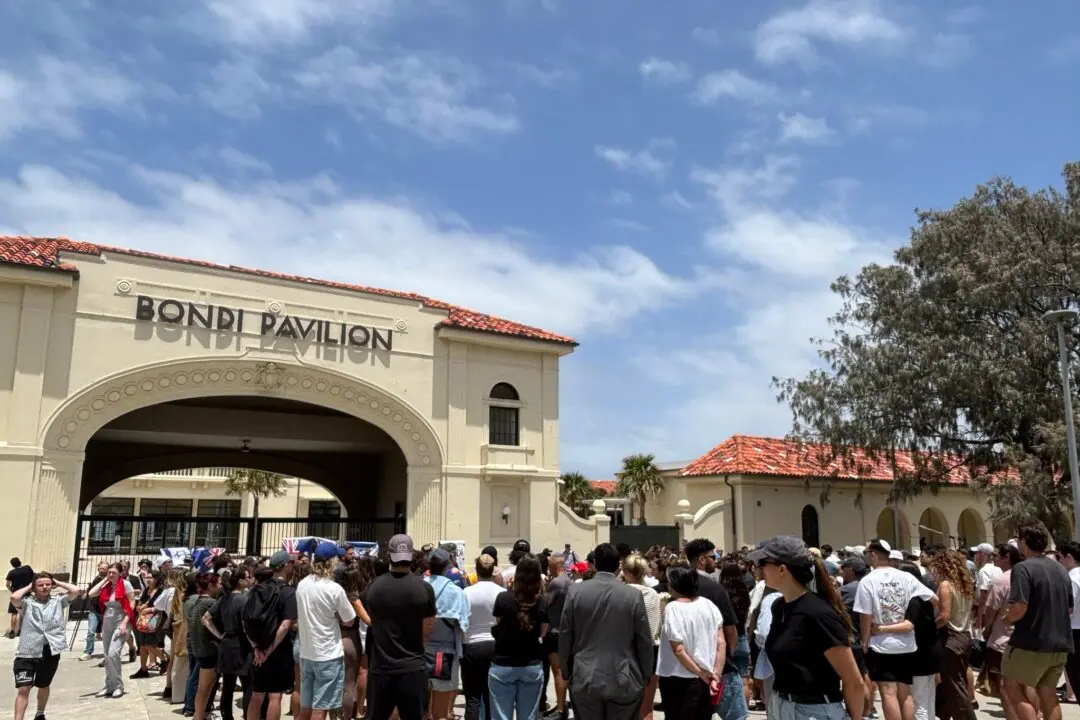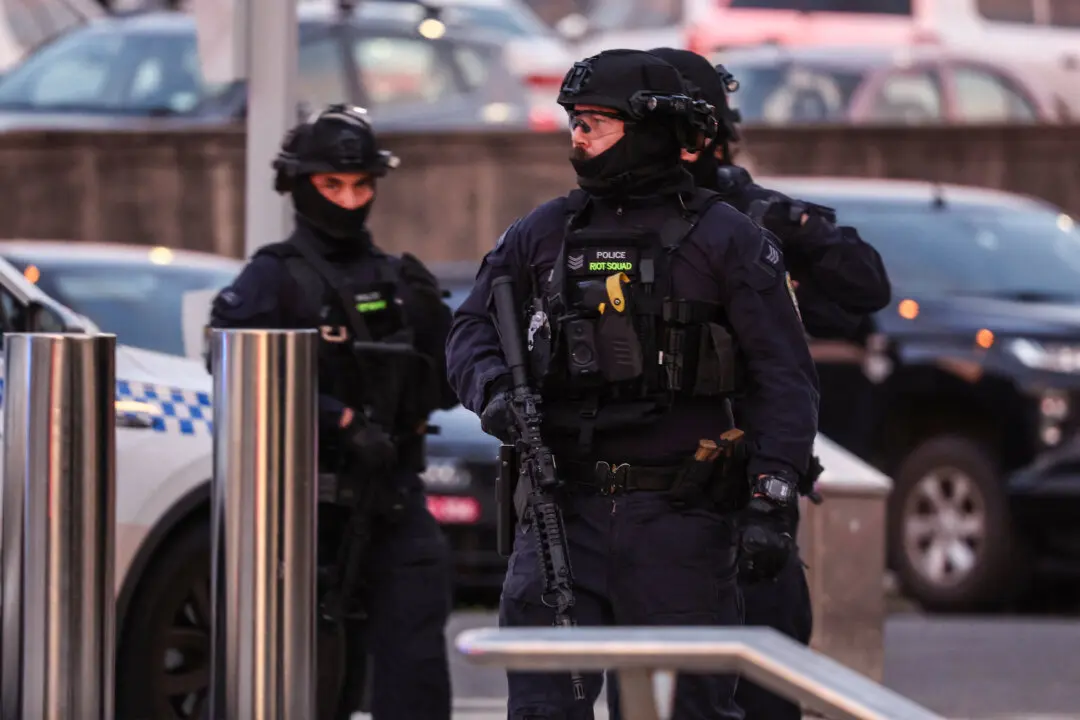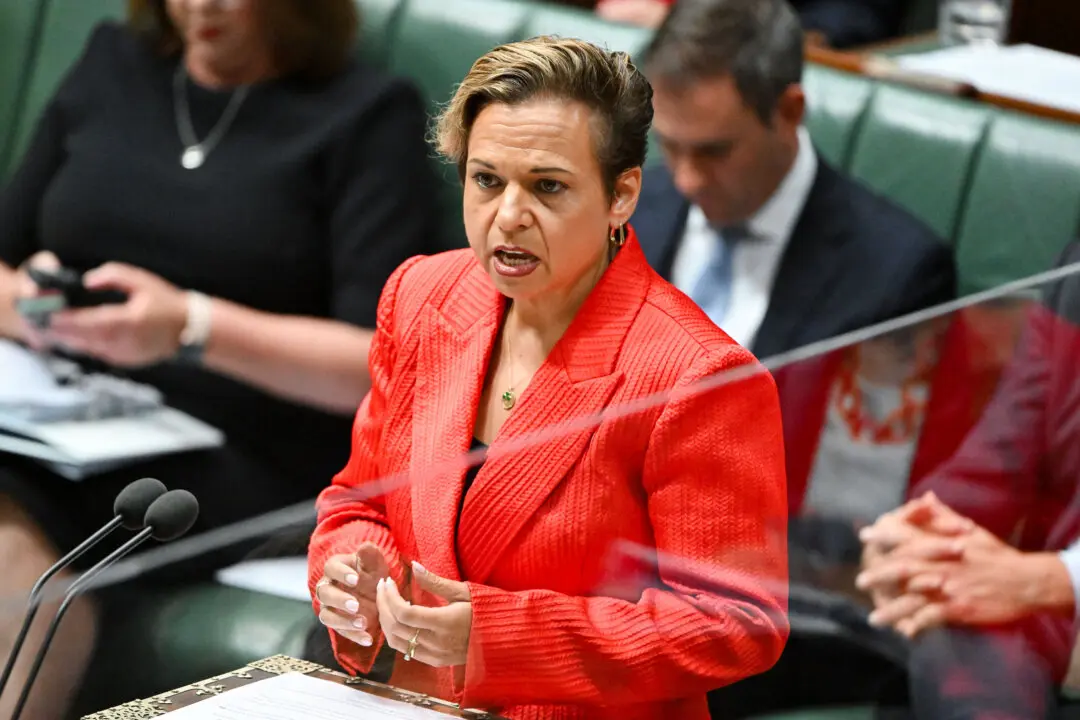Reserve Bank officials have left the cash rate unchanged at a record low 0.25 percent, allowing Treasurer Josh Frydenberg’s federal budget to have the economic limelight.
The same rate remains for the yield target on three-year government bonds, and there is no change to the lending facility open to banks and other institutions.
